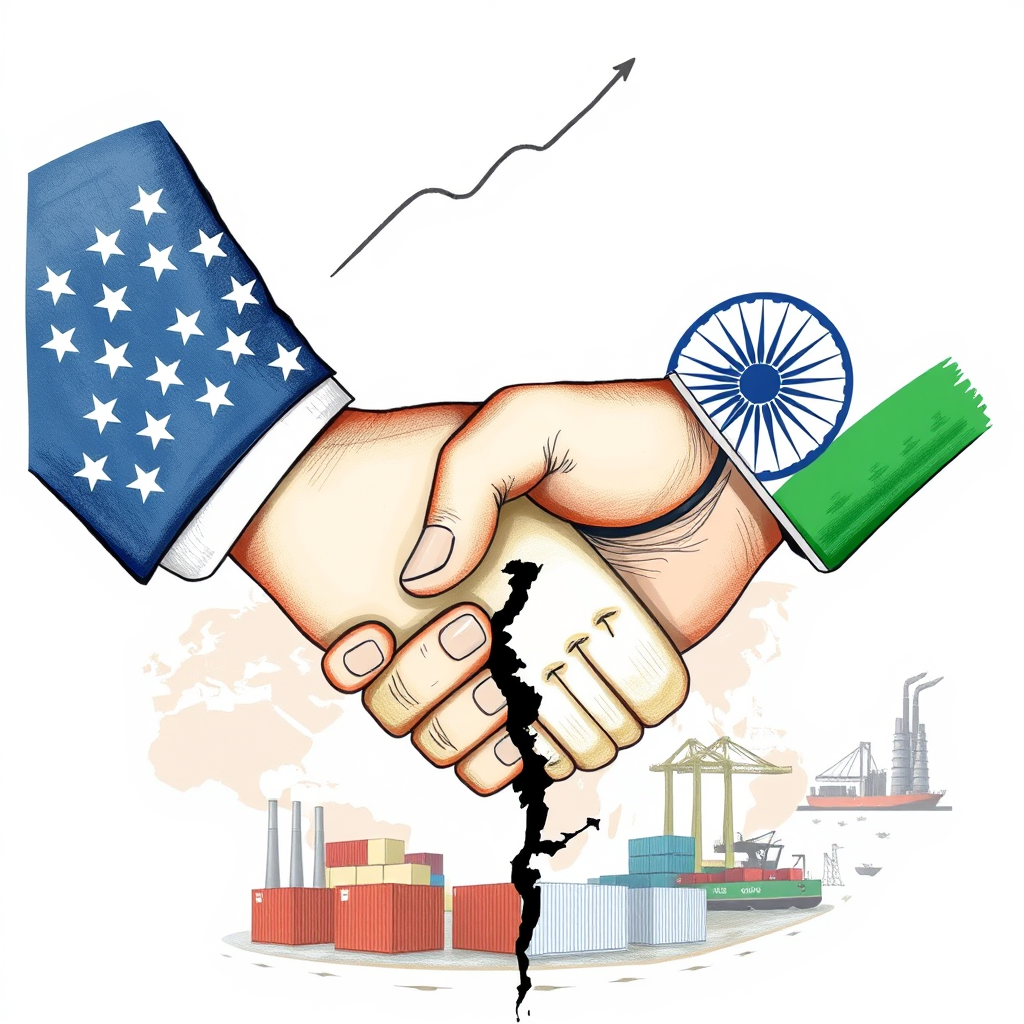Trump's New Tariffs & India's Last-Minute Deal?

A looming 26% tariff imposed by the United States on Indian goods is creating anxiety amongst exporters, but ongoing negotiations offer a potential pathway to mitigation. The tariffs, building on an existing 10% baseline, are set to take effect next week, raising fears of significant disruption to Indian sales in the US market. However, both Indian and US officials are reportedly engaged in intensive discussions to forge a trade deal that could avert a full-blown trade conflict.
According to CNN, a senior advisor to President Trump confirmed he is “actively negotiating” trade agreements not only with India, but also with Vietnam and Israel. The initial 10% tariff is already in effect, with the steeper 26% country-specific duty scheduled for implementation on Wednesday, April 9th.
The Indian government has acknowledged the potential impact of the tariffs, announced on April 2nd, and stated that the Commerce Ministry is thoroughly assessing the situation, consulting with stakeholders and evaluating potential opportunities arising from the changes.
President Trump has framed the increased duties as “Liberation Day” tariffs, intended to protect American industries from unfair competition. He has consistently characterized India as a “highest tariffing nation,” yet adopted a surprisingly conciliatory tone when announcing the tariffs for New Delhi, referring to Prime Minister Modi as a “good friend” – a relationship cultivated since Trump’s first term. He did, however, recall a February conversation with Modi during which he expressed concerns that India was not treating the US fairly.
The White House argues that reducing Indian tariffs would unlock at least $5.3 billion in annual US exports. Experts predict the tariffs will particularly impact India’s electronic exports, valued at nearly $14 billion, and its gems and jewellery exports, worth $9 billion. While auto components and aluminum – already subject to a 25% duty – will continue to bear the brunt of US trade restrictions, these new tariffs broaden the scope of impacted sectors.
Despite the looming tariffs, both nations are striving to reach a comprehensive bilateral trade agreement, aiming to double bilateral trade to $500 billion by 2030 – a goal set during Prime Minister Modi’s February visit to the White House.
India’s Commerce Ministry confirmed that discussions are focused on a multi-sectoral agreement designed to be mutually beneficial, with a particular emphasis on strengthening supply chain integration. Officials are also prioritizing increased trade, investment, and technology transfer.
This situation highlights the precariousness of international trade relations and the constant negotiation required to maintain stability. While Trump’s approach is often characterized by aggressive tactics, the ongoing dialogue suggests a willingness to find a compromise. The success of these negotiations will be crucial not only for the economies of India and the United States, but also for the broader global trade landscape. It remains to be seen whether a mutually acceptable agreement can be reached before the tariffs fully take effect, but the current level of engagement offers a glimmer of hope.